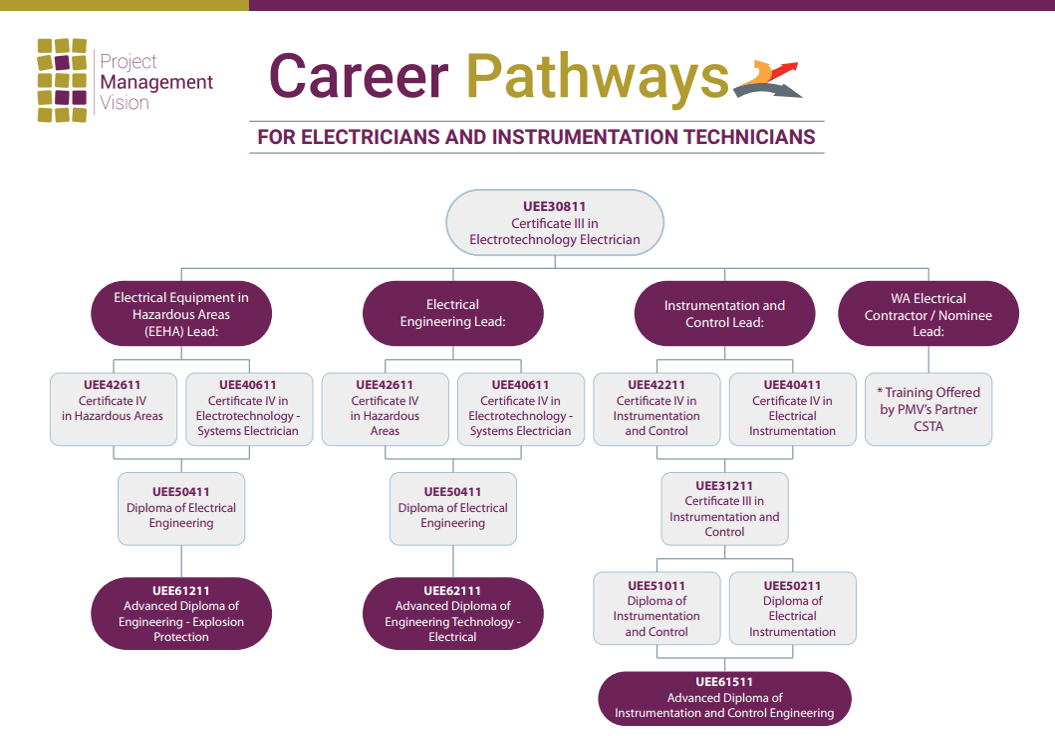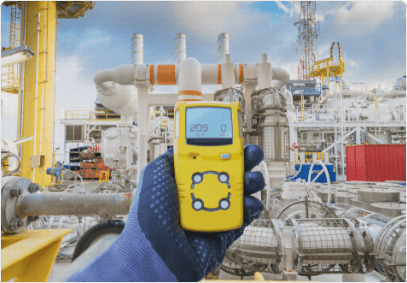Our Roar Solutions Diaries
Our Roar Solutions Diaries
Blog Article
The 3-Minute Rule for Roar Solutions
Table of ContentsThe Buzz on Roar SolutionsThe Ultimate Guide To Roar SolutionsRoar Solutions Things To Know Before You Get This
In such an ambience a fire or explosion is feasible when 3 fundamental problems are met. This is typically referred to as the "unsafe area" or "combustion" triangle. In order to shield installations from a possible surge a method of analysing and classifying a possibly hazardous area is needed. The objective of this is to make certain the appropriate selection and installation of devices to ultimately protect against a surge and to guarantee safety and security of life.
(https://profiles.delphiforums.com/n/pfx/profile.aspx?webtag=dfpprofile000&userId=1891249800)
No devices must be mounted where the surface temperature of the devices is above the ignition temperature level of the offered threat. Below are some usual dust dangerous and their minimum ignition temperature. Coal Dust 380C 225C Polythene 420C (melts) Methyl Cellulose 420C 320C Starch 460C 435C Flour 490C 340C Sugar 490C 460C Grain Dirt 510C 300C Phenolic Material 530C > 450C Aluminium 590C > 450C PVC 700C > 450C Residue 810C 570C The chance of the threat being present in a focus high enough to cause an ignition will differ from place to place.
Dangerous area electrical devices possibly designed for usage in higher ambient temperature levels. Area Repair Service By Authorised Worker: Challenging screening might not be needed nonetheless specific treatments may need to be complied with in order for the devices to keep its third event score. Each item of tools with a dangerous ranking should be reviewed separately.
Everything about Roar Solutions
The devices register is a thorough data source of devices records that consists of a minimum set of areas to determine each item's place, technical criteria, Ex lover classification, age, and ecological data. This details is critical for monitoring and managing the devices effectively within harmful areas. In comparison, for periodic or RBI tasting evaluations, the quality will be a mix of Thorough and Close assessments. The ratio of Thorough to Close assessments will certainly be established by the Equipment Danger, which is assessed based on ignition danger (the chance of a source of ignition versus the possibility of a combustible atmosphere )and the hazardous area classification
( Area 0, 1, or 2). This variation will certainly also affect the resourcing needs for job preparation. When Great deals are defined, you can create sampling plans based upon the example dimension of each Lot, which describes the variety of arbitrary tools products to be evaluated. To identify the needed sample size, two elements require to be evaluated: the size of the Lot and the classification of evaluation, which suggests the level of effort that ought to be applied( decreased, typical, or raised )to the examination of the Great deal. By incorporating the group of examination with the Great deal dimension, you can then establish the appropriate rejection criteria for an example, meaning the allowable number of damaged things located within that example. For even more information on this procedure, please describe the Energy Institute Standards. The IEC 60079 common suggests that the optimum period in between assessments need to not exceed 3 years. EEHA evaluations will also be conducted outside of RBI campaigns as component of arranged maintenance and equipment overhauls or fixings. These examinations can be attributed towards the RBI sample sizes within the affected Whole lots. EEHA assessments are carried out to recognize mistakes in electrical devices. A weighted racking up system is crucial, as a solitary item of equipment might have multiple mistakes, each with varying levels of ignition danger. If the consolidated rating of both assessments is less than two times the fault rating, the Great deal is considered acceptable. If the Lot is still taken into consideration unacceptable, it needs to undertake a full examination or validation, which may cause stricter evaluation methods. Accepted Great deal: The causes of any type of mistakes are identified. go to this site If an usual failure mode is discovered, additional devices might require maintenance. Mistakes are identified by intensity( Safety and security, Honesty, House cleaning ), guaranteeing that immediate problems are assessed and dealt with without delay to alleviate any effect on security or procedures. The EEHA database ought to track and tape the lifecycle of faults together with the rehabilitative actions taken. Implementing a durable Risk-Based Examination( RBI )strategy is important for making certain compliance and safety in managing Electrical Devices in Hazardous Locations( EEHA) (Roar Solutions). Automated Fault Scoring and Lifecycle Administration: Effortlessly handle faults and track their lifecycle to enhance evaluation precision. The intro of this support for risk-based assessment better reinforces Inspectivity's placement as a best-in-class solution for governing conformity, along with for any kind of asset-centric examination usage situation. If you want finding out a lot more, we welcome you to ask for a demo and find how our service can transform your EEHA monitoring procedures.
Roar Solutions Can Be Fun For Anyone

In terms of explosive threat, an unsafe location is an atmosphere in which an explosive atmosphere is existing (or might be expected to be existing) in quantities that require special preventative measures for the building and construction, setup and use tools. hazardous area electrical course. In this post we check out the challenges encountered in the workplace, the danger control procedures, and the required competencies to function safely
It issues of modern life that we manufacture, save or deal with a series of gases or liquids that are deemed flammable, and a series of dusts that are regarded combustible. These compounds can, in certain problems, form explosive ambiences and these can have significant and awful effects. A lot of us know with the fire triangle remove any kind of one of the three components and the fire can not occur, yet what does this mean in the context of dangerous areas? When damaging this down into its easiest terms it is basically: a mix of a certain quantity of launch or leakage of a particular compound or product, blending with ambient oxygen, and the presence of a resource of ignition.
In many circumstances, we can do little regarding the degrees of oxygen airborne, yet we can have considerable impact on sources of ignition, as an example electric tools. Hazardous locations are recorded on the unsafe location category drawing and are recognized on-site by the triangular "EX-SPOUSE" indicator. Below, among various other vital details, areas are divided into 3 kinds depending on the hazard, the possibility and duration that an explosive atmosphere will certainly exist; Area 0 or 20 is deemed the most hazardous and Area 2 or 22 is regarded the least.
Report this page